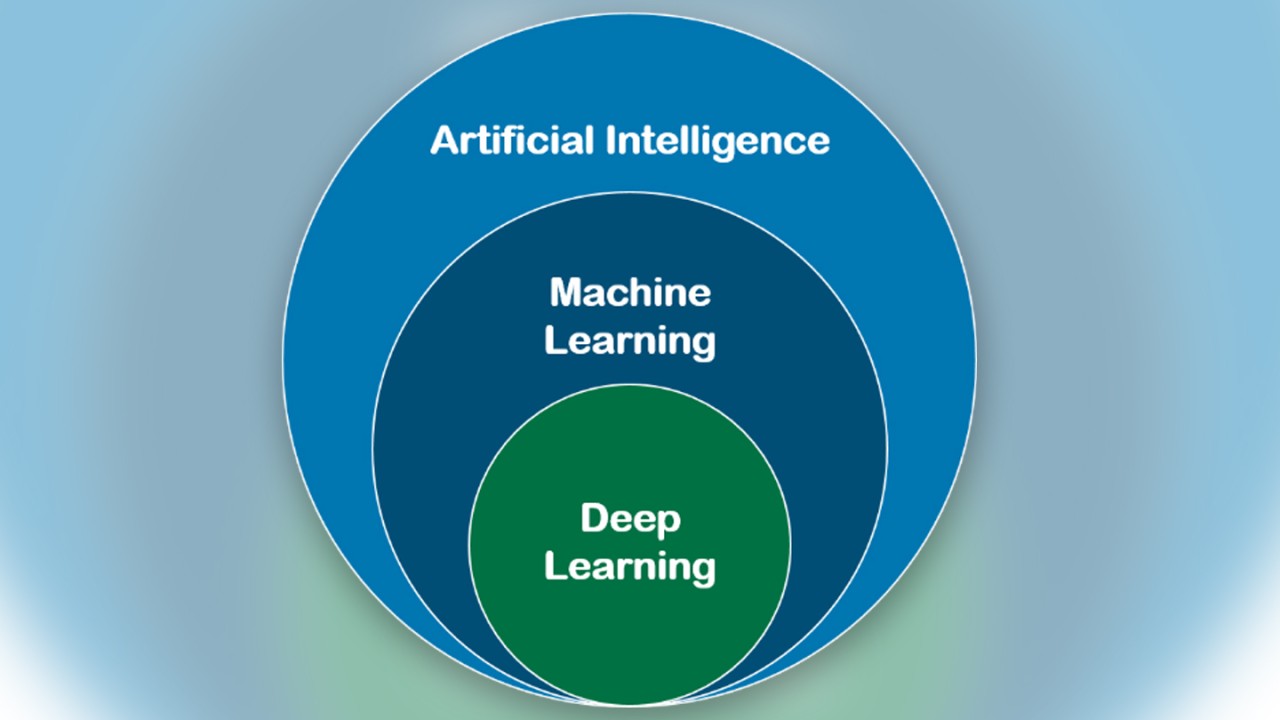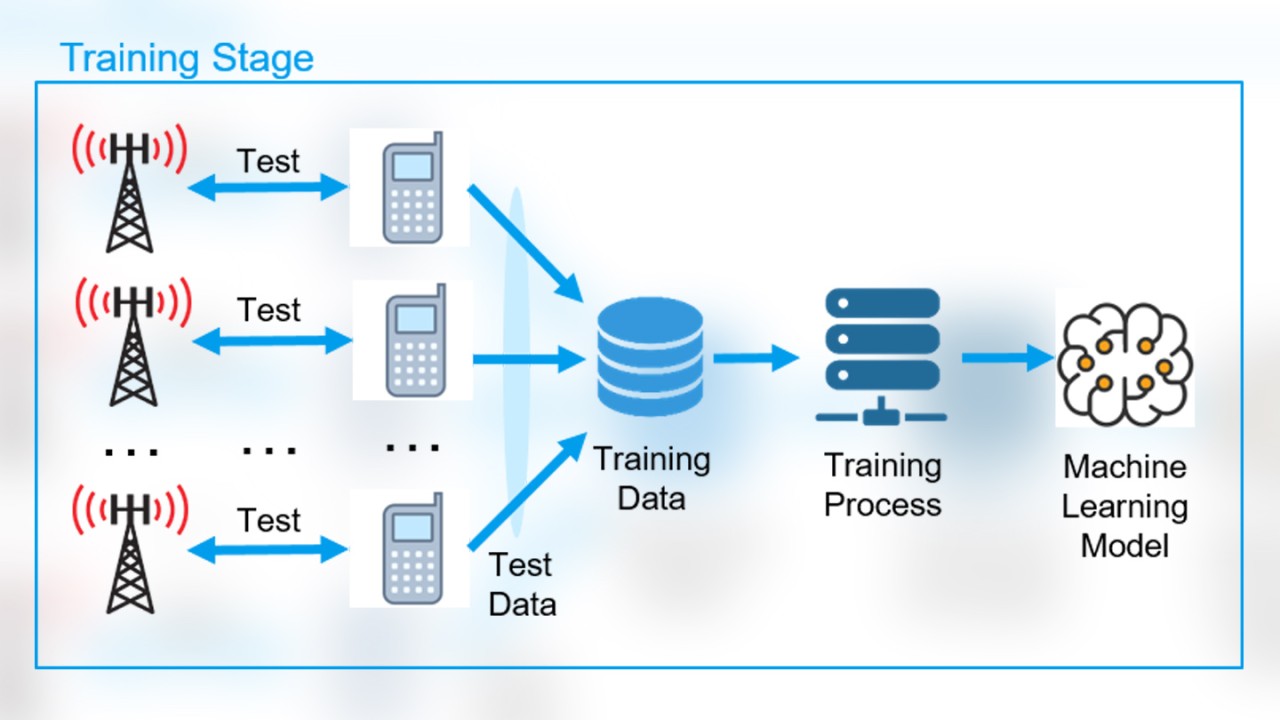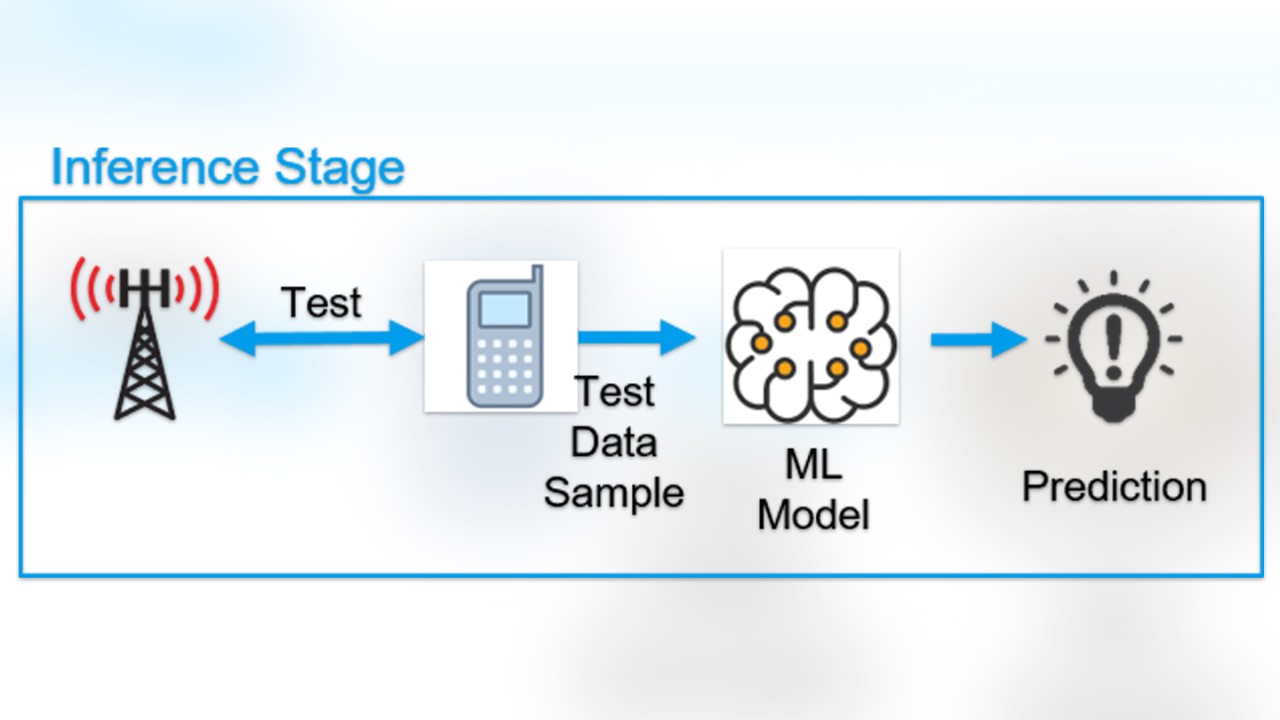Written by Miguel Román | November 7, 2018
Artificial intelligence has entered the mainstream. It conjures up a future in which robots replace the human workforce, and it promises a brighter or apocalyptic tomorrow, depending on the expert addressing the subject.
We are currently experiencing the third wave of AI. Public interest soared in 2012, when a deep convolutional neural network (CNN or ConvNet) won the coveted ImageNet Large Scale Visual Recognition Challenge, far outperforming traditional algorithms based on manual feature engineering.
The combination of powerful graphics processing units (GPU), sufficient storage, and processing power for large amounts of data led to this achievement. Since then, AI systems that excel at performing certain tasks that, until a few years ago, were considered solvable by human intelligence only have been developed; for example, speech recognition or radiology diagnosis.
AI is a broad term that refers to any attempt of mimicking human behavior with computers. It is so broad that even a group of if-then clauses (also known as expert systems) is considered AI.
Under the AI umbrella, machine learning (ML) aims to make intelligent decisions based on knowledge extracted from data. Artificial neural networks are one of the methods employed in ML, based on small computational units inspired by the biological neuron.
Neural networks are capable of learning complex functions that map a set of high dimensional input and output pairs (e.g. photos with a class label). They do this by applying gradient descent optimization algorithms that begin with the output’s prediction error. When those neural networks have multiple layers, we talk about deep learning (DL). In this area within the ML discipline, most of the AI advancements have been made in the last few years.
Machine learning training and inference
Many companies claim they use AI to improve their operations and help their customers. However, very few disclose the specific use cases, models and even less so their results. In our ML applications on drive testing data, a typical deep learning pipeline covers two stages: training and inference.
At the training stage, we collect the training data from numerous tests performed under different configurations and environments. This data goes through a computing-intensive training process, normally using GPUs due to their ability to perform numerous simple operations in parallel. The output of the training stage is a model that contains the knowledge of all the training data needed to accomplish our specific objective function.
At the inference stage, we just take the learned model and apply it to new data to generate a prediction or insight otherwise hidden in the structure of the data. This stage requires less computing power than the training stage, thus making it suitable for standard server CPUs or even edge computing, which avoids sending sensitive data to a server.
Now that we have introduced AI and ML in a mobile network testing context and have given you a glimpse of how we apply ML on our drive testing data, we will look into a specific ML application and how this benefits mobile network operators in our next post.
Learn about our machine learning use cases:












